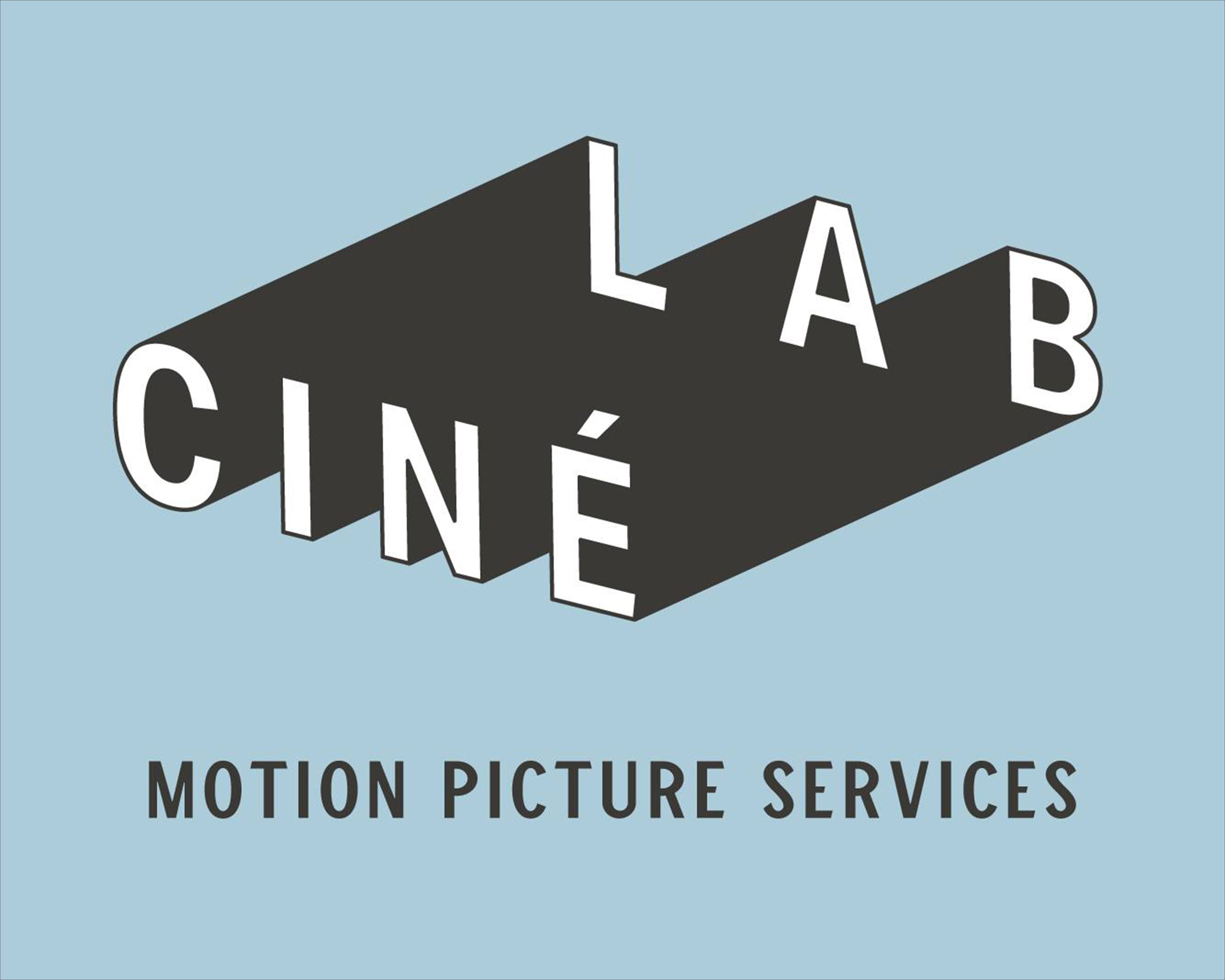i want to light a scene in which most of the light comes from the blue/white glow of a tv set (off-camera).
this is actually a still project, so i am not worried about the flicker, or animating the light in any way. i just want it to look like it's coming from a tv set.
a blue gel seems like it would be, well, too blue. how do i mix in that whitish quality?
also, what other lighting should i have in the room so that it's light enough to see, or will the tv-like ones do it?
thanks in advance!
this is actually a still project, so i am not worried about the flicker, or animating the light in any way. i just want it to look like it's coming from a tv set.
a blue gel seems like it would be, well, too blue. how do i mix in that whitish quality?
also, what other lighting should i have in the room so that it's light enough to see, or will the tv-like ones do it?
thanks in advance!





